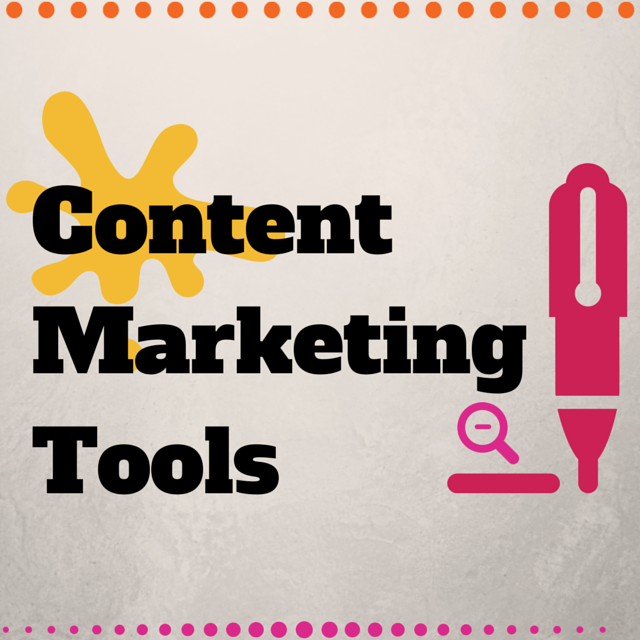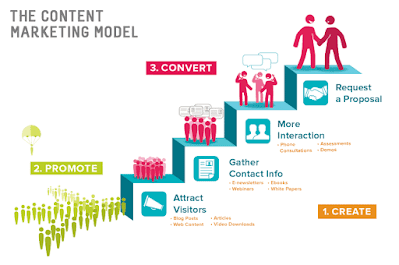Introduction
In the dynamic landscape of the manufacturing industry, customer satisfaction and loyalty have emerged as critical drivers of success. To remain competitive and relevant, manufacturers must prioritize their customers throughout the entire journey, from initial contact to post-purchase support. This is where Customer Lifecycle Management (CLM) comes into play, a comprehensive strategy that aligns business processes to nurture and retain customers effectively. In this blog, we will delve into the significance of CLM in the manufacturing industry and explore key strategies to optimize customer experiences.
Understanding Customer Lifecycle Management (CLM)
Customer Lifecycle Management is a structured approach that maps out the customer's journey across various stages, aiming to create positive experiences at each touchpoint. The typical stages include:
Acquisition: This stage involves attracting potential customers and turning them into leads. Manufacturers can achieve this through targeted marketing campaigns, engaging content, and value-driven propositions.
Conversion: During this phase, leads are converted into paying customers. Manufacturers must focus on personalized sales efforts, streamlined processes, and competitive pricing to drive conversions.
Onboarding: After the purchase, onboarding becomes crucial. Manufacturers should ensure seamless product delivery, training, and orientation to foster a positive customer experience from the outset.
Engagement: The engagement phase involves building lasting relationships with customers. Manufacturers can achieve this by providing excellent customer service, proactive communication, and regular feedback channels.
Retention: Retaining customers is more cost-effective than acquiring new ones. Manufacturers must focus on customer satisfaction, product enhancements, loyalty programs, and ongoing support to ensure repeat business.
Advocacy: Satisfied customers become brand advocates, promoting the manufacturer's products through word-of-mouth and referrals. Manufacturers should actively encourage and reward advocacy efforts.
The Significance of CLM in the Manufacturing Industry
Increased Customer Retention: CLM enables manufacturers to better understand customer needs, leading to tailored solutions and enhanced customer retention rates. Loyal customers are more likely to repeat purchases, offer valuable feedback, and act as brand ambassadors.
Data-Driven Decision Making: By leveraging data collected throughout the customer lifecycle, manufacturers can gain insights into customer behavior, preferences, pain points, and trends. This data-driven approach allows for informed decision-making and improved overall performance.
Personalization: Customers today expect personalized experiences. CLM empowers manufacturers to deliver customized solutions and services, fostering stronger connections with clients and increasing customer satisfaction.
Improved Customer Service: A well-structured CLM strategy ensures that customers receive consistent and exceptional service throughout their journey. This not only boosts satisfaction but also mitigates potential issues before they escalate.
Competitive Advantage: Manufacturers with an effective CLM strategy can gain a competitive edge in the market. When customers feel valued and supported, they are more likely to choose a manufacturer over its competitors.
Key Strategies for Implementing CLM in the Manufacturing Industry
Integrated CRM Systems: Adopting Customer Relationship Management (CRM) software allows manufacturers to centralize customer data and interactions, facilitating better communication and collaboration across departments.
Customer Feedback Mechanisms: Regularly gather customer feedback through surveys, reviews, and support interactions. Use this information to identify pain points and areas for improvement within the customer journey.
Personalized Marketing: Utilize data analytics to create targeted marketing campaigns that resonate with specific customer segments, addressing their unique needs and interests.
Proactive Customer Support: Implement proactive customer support mechanisms to address potential issues before they arise. Utilize AI-powered chatbots and automated support systems to provide quick responses and resolutions.
Loyalty Programs: Design loyalty programs that reward customers for their repeat business and advocacy. These programs can include discounts, exclusive offers, and access to special events or product launches.
Continuous Improvement: Regularly analyze customer data and key performance indicators to identify areas for optimization within the CLM strategy. Embrace a culture of continuous improvement to stay ahead of customer expectations.
Conclusion
In the manufacturing industry, Customer Lifecycle Management is not merely a buzzword; it is a transformative strategy that can significantly impact customer satisfaction, loyalty, and overall business success. By embracing CLM, manufacturers can forge lasting relationships with customers, foster brand advocacy, and gain a competitive edge in the market. The key lies in prioritizing the customer throughout every stage of the journey and continuously refining strategies to meet evolving needs. When customers are at the heart of the manufacturing process, success is sure to follow.




















